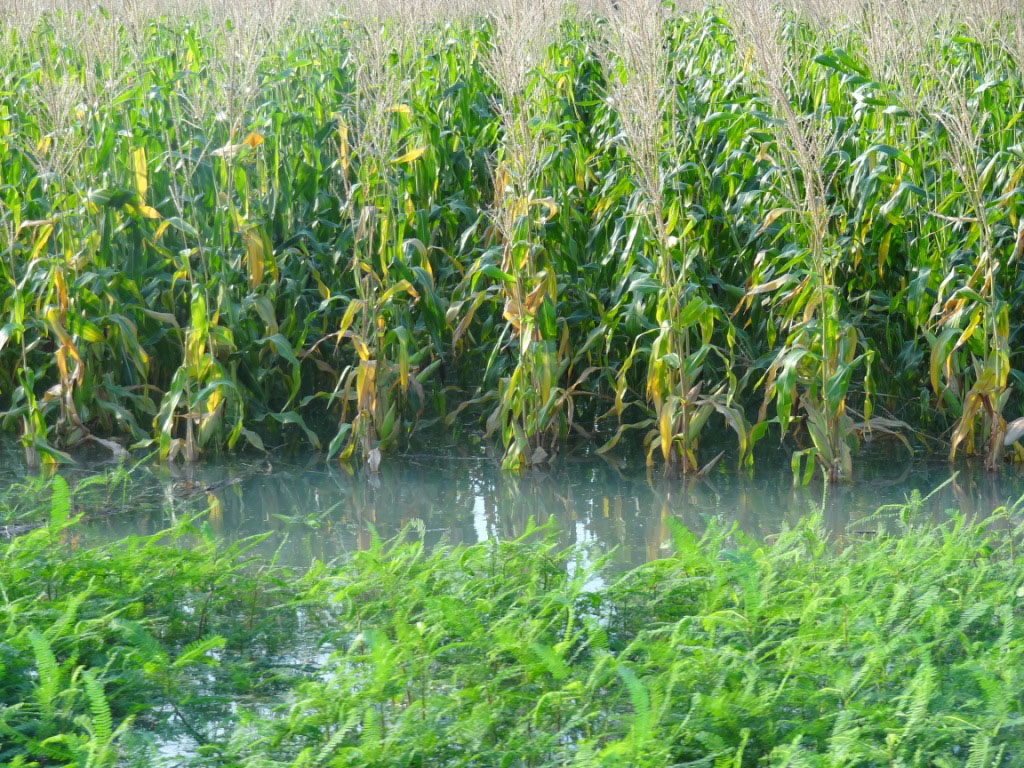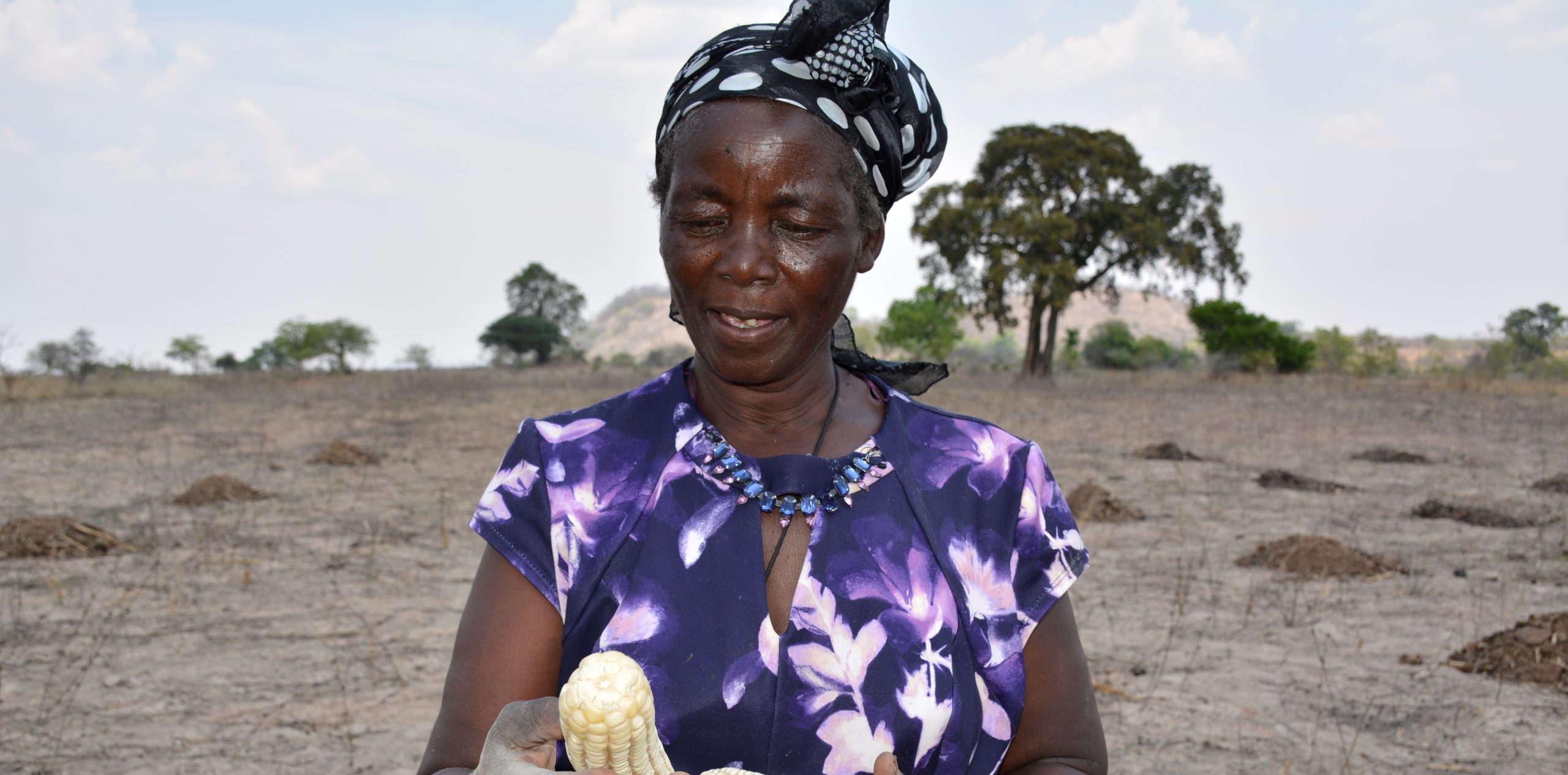The On-farm-Maize Select project will pilot a new genomics-driven selection method based on on-farm performance of Stage 1 maize breeding materials that is expected to deliver increased rates of genetic gain to the farmers through:
- More accurate selection for the conditions of small-scale producers in Sub-Saharan Africa (SSA), especially women and the poorest farmers, who often apply fewer inputs.
- Improved sampling of the diversity of on-farm conditions across the entire target population of environments (TPE).
- Improved understanding of the diversity of socio-economic factors, agronomic management (especially by women), and environmental on-farm conditions across the TPE.
- Genomic-assisted rapid recycling of parents (population improvement) to reduce breeding cycle time.
- Improved social inclusion in breeding processes, leading to greater gender responsiveness and wider appeal of breeding outputs.
The hypothesis is that generating genomic estimated breeding values (GEBVs) based on on-farm phenotyping will lead both to increased selection accuracy for performance under farmer management, including challenging conditions that women and the poorest farmers face, and enable rapid cycling of parents by reducing the number of years of testing before new crosses are made. This hypothesis will be initially tested by estimating expected genetic gain on-station and on-farm based on the genetic correlation between on-station and gender-disaggregated on-farm performance of the same set of genotypes, as well as the repeatability of selection on-station versus on-farm. The value of on-farm versus on-station testing for estimating GEBVs for parent selection and early-stage advancement will be confirmed in two selected CIMMYT maize breeding pipelines (one each in eastern and southern Africa – EA-PP1 and SA-PP1) by comparing the performance on-farm of a sample of Stage 1 breeding lines from the second cycle of on-farm vs on-station selection. The efficacy and costs of undertaking on-farm genomic selection versus on-station selection at Stage 1 of the two selected breeding pipelines will also be evaluated.
Key Outputs
- The genetic correlation between, and accuracy of estimation of, on-farm and on-station breeding values will be measured in terms of ability to predict performance under farmer management. This will enable comparison of the relative efficiency of direct selection on-farm versus indirect selection on-station. We expect that increased on-farm genetic gains will be achieved if the genetic correlation between on-farm and on-station performance is 0.8 or less.
- Elite breeding populations improved for on-farm performance will be generated, and products extracted from them will be compared on-farm with those selected the same founder populations using conventional on-station selection (comparison of the products of the pipelines will not be possible until the second project phase, if approved).
- Separate GEBVs generated for lines under the management of male and female farmers, with genetic correlations estimated to ensure that performance on female-managed farms is adequately weighted in selection indices.
- Genomic-assisted on-farm sparse testing network, experimental design and capacity developed.
- Improved representativeness of results due to enhanced gender and social inclusion approaches in the on-farm trial design.
Expected Outcomes
- Greater rates of genetic gain delivered on-farm through more extensive sampling of TPEs
- Improved accuracy of selection based on performance in farmers’ fields in the TPE.
- Incorporation of farmer-preferred traits in selection decisions supports faster replacement of older hybrids with newer products.


 Gender equality, youth and social inclusion
Gender equality, youth and social inclusion